20 Rare Animal Species You’ve Probably Never Heard Of
There’s a whole world of animals out there that most of us have never encountered. While we’re familiar with lions, tigers, and elephants, many rare species remain hidden in remote corners of the Earth. These creatures are not only unique but also a reminder of how diverse and fascinating the animal kingdom truly is.
1. Pangolin: The Scaled Mammal

Pangolins are one of the world’s most unique animals, covered in keratin scales that act like armor. They can roll into a ball when threatened and use their long, sticky tongues to eat ants and termites. Found in Asia and Africa, they are unfortunately endangered due to illegal trafficking. Despite their odd appearance, pangolins are an important part of their ecosystem as pest controllers.
2. Aye-Aye: Madagascar’s Nocturnal Lemur
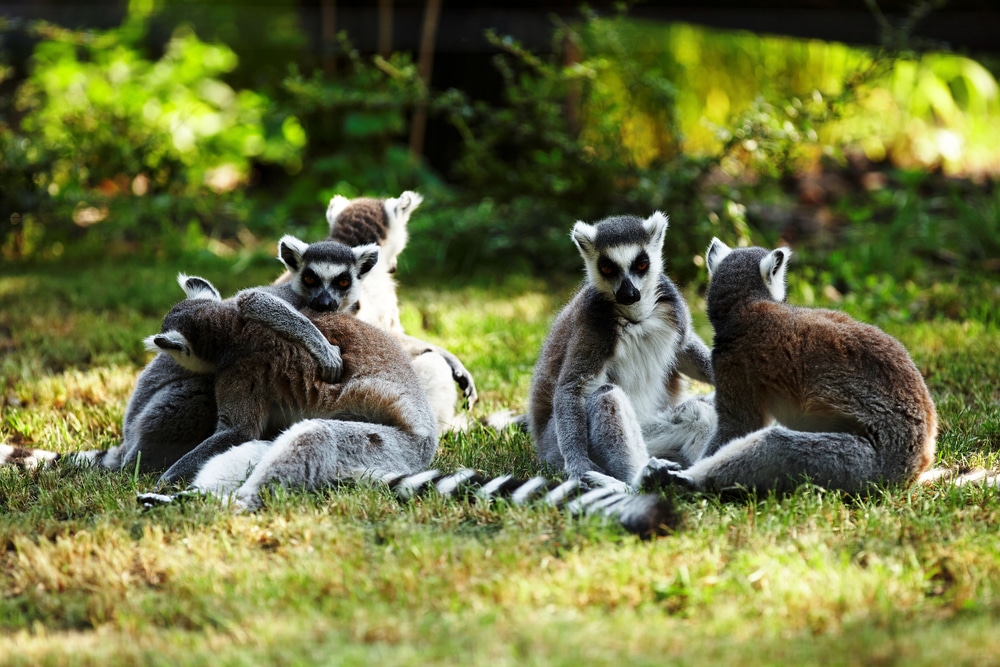
The aye-aye is a strange-looking primate with large eyes, long fingers, and rodent-like teeth. Native to Madagascar, it uses its elongated middle finger to tap on trees and locate insects. Often misunderstood and associated with bad luck, the aye-aye faces threats from habitat loss. Its quirky appearance makes it one of the most unusual creatures in the world.
3. Saiga Antelope: The Long-Nosed Wanderer

The saiga antelope is known for its bizarre, oversized nose, which helps filter out dust and regulate body temperature. Found in Central Asia, these antelopes migrate long distances across grasslands. Sadly, their population has drastically declined due to poaching and disease. Their distinctive features make them one of the planet’s most extraordinary mammals.
4. Axolotl: The Smiling Salamander

The axolotl, often called the “Mexican walking fish,” is a fascinating amphibian that never fully grows up. It retains its juvenile features, like gills, throughout its life, a condition known as neoteny. Found in the lakes of Mexico, axolotls can regenerate limbs and even parts of their brain. Their permanent smile makes them a favorite in captivity, but they’re critically endangered in the wild.
Follow us for more of these articles.
5. Irrawaddy Dolphin: The River Swimmer

Irrawaddy dolphins are found in freshwater rivers and coastal areas in Southeast Asia. They have a rounded forehead and a distinct lack of a beak, unlike most dolphins. These shy creatures are known for their cooperative fishing habits with local fishermen. Unfortunately, habitat destruction and fishing nets pose significant threats to their survival.
6. Fossa: Madagascar’s Apex Predator

The fossa is a carnivorous mammal that looks like a mix between a cat and a mongoose. Native to Madagascar, it’s the island’s top predator, hunting everything from birds to lemurs. With retractable claws and incredible climbing skills, the fossa is built for stealth. Its elusive nature and shrinking habitat make it a rare sight.
Follow us for more of these articles.
7. Okapi: The Giraffe’s Striped Cousin

The okapi, native to the Congo, looks like a mix between a zebra and a deer, but it’s actually related to giraffes. It has a long, flexible tongue that helps it grab leaves from tall trees. Shy and solitary, okapis are rarely seen in the wild. Their unique appearance makes them one of nature’s most intriguing species.
8. Shoebill Stork: The Dinosaur Bird

The shoebill stork is a large bird with a striking, shoe-shaped beak. Found in wetlands of East Africa, it’s a patient hunter, standing still for hours before striking prey. Shoebills have an intimidating stare and can grow up to five feet tall. Their prehistoric look often earns them comparisons to dinosaurs.
Follow us for more of these articles.
9. Tarsier: The Big-Eyed Jumper
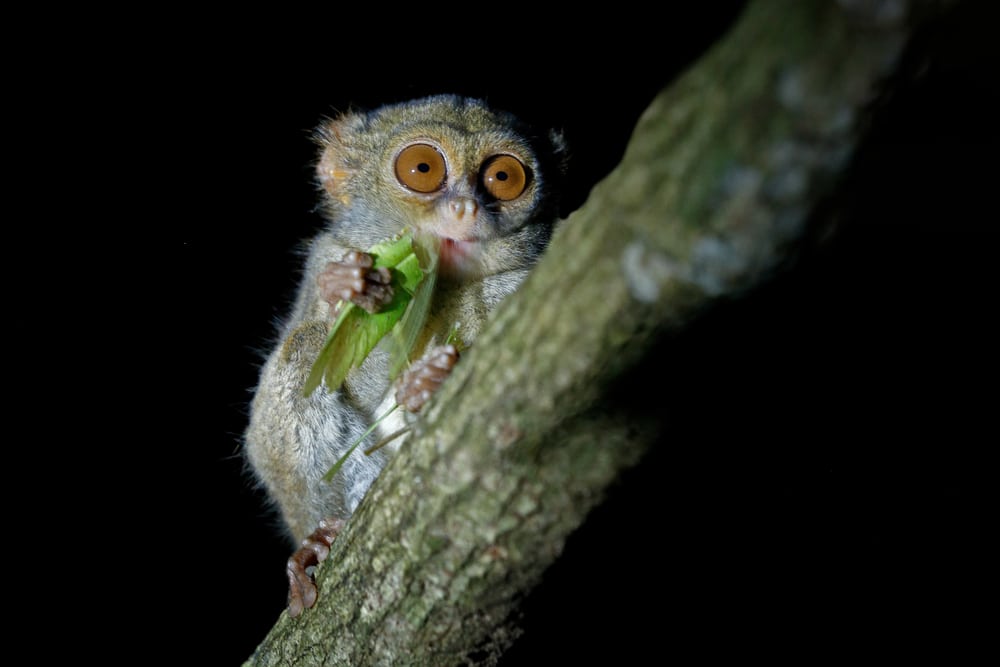
Tarsiers are tiny primates with enormous eyes that help them see in the dark. They’re incredible jumpers, able to leap great distances between trees. Found in Southeast Asia, tarsiers are strictly nocturnal and incredibly shy. Their fragile populations are threatened by habitat loss.
10. Vaquita: The Rarest Porpoise

The vaquita, found only in the northern Gulf of California, is the world’s rarest marine mammal. These small porpoises have a rounded face and dark markings around their eyes. With fewer than 20 individuals left, vaquitas are critically endangered due to fishing nets. Efforts to save them are urgent but challenging.
Follow us for more of these articles.
11. Kakapo: The Flightless Parrot

The kakapo, also known as the “owl parrot,” is a nocturnal, flightless bird from New Zealand. It’s the heaviest parrot in the world and has a strong, musky scent. Kakapos were nearly wiped out by predators introduced to their habitat, but conservation efforts have helped stabilize their population. They’re known for their quirky, curious personalities.
12. Red-Lipped Batfish: The Deep-Sea Oddity

Native to the waters around the Galápagos Islands, the red-lipped batfish is as strange as its name suggests. It has bright red lips and uses its fins to “walk” along the ocean floor. It’s not a great swimmer but compensates with its peculiar appearance and unique hunting techniques. This deep-sea dweller is a true oddball.
Follow us for more of these articles.
13. Gerenuk: The Giraffe Gazelle
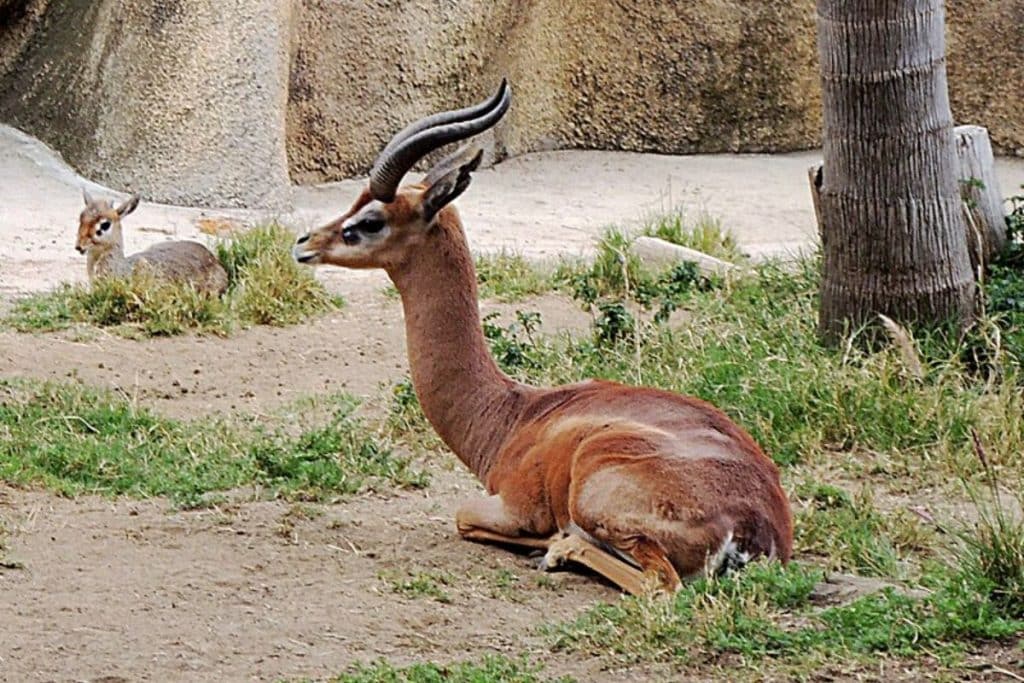
The gerenuk, or “giraffe gazelle,” is a slender antelope with an incredibly long neck. Found in East Africa, it stands on its hind legs to reach leaves on tall bushes. Gerenuks are highly adapted to arid environments and rarely need to drink water. Their elegant features set them apart from other antelopes.
14. Dugong: The Gentle Sea Cow
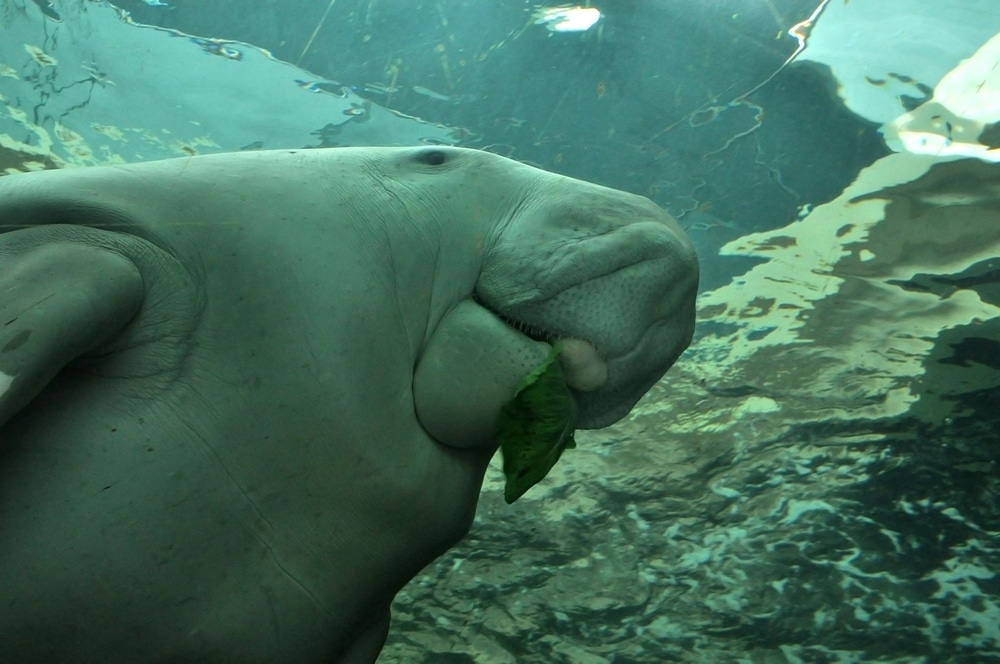
Dugongs are marine mammals that graze on seagrass in coastal waters. Often mistaken for manatees, they have a dolphin-like tail and a more streamlined body. Dugongs are slow-moving and peaceful, spending most of their time feeding. They’re vulnerable to habitat destruction and boat strikes.
Follow us for more of these articles.
15. Pygmy Marmoset: The World’s Smallest Monkey
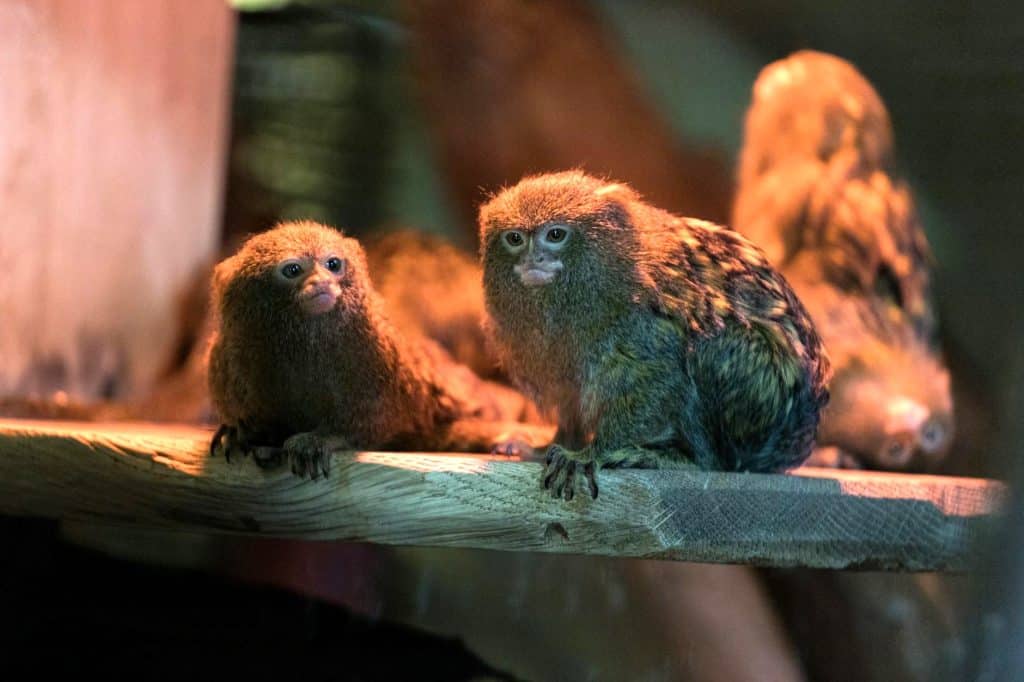
The pygmy marmoset is an adorable primate no bigger than your hand. Found in the rainforests of South America, these tiny monkeys feed primarily on tree sap. They are highly social and communicate with a series of chirps and whistles. Despite their small size, they’re surprisingly agile and clever.
16. Blue Dragon: The Tiny Sea Slug
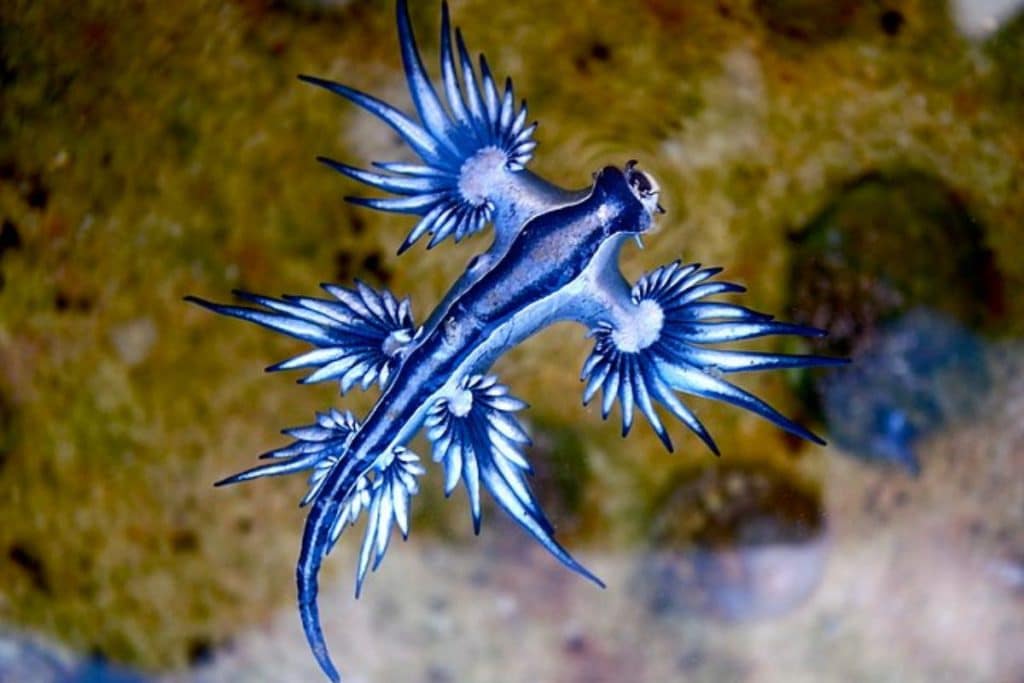
The blue dragon, or Glaucus atlanticus, is a tiny, brightly colored sea slug found in warm oceans. It floats on the surface, feeding on venomous jellyfish and storing the stings for its own defense. Its stunning blue coloration helps it blend with the water. Despite its beauty, it packs a painful sting.
Follow us for more of these articles.
17. Markhor: The Spiral-Horned Goat

The markhor is a wild goat with twisted, spiral-shaped horns. Native to the mountainous regions of Central Asia, it’s an agile climber. Markhors are also a symbol of conservation success, as their population has rebounded after years of decline. Their striking horns make them one of the most distinctive goat species.
18. Narwhal: The Unicorn of the Sea

The narwhal, a type of whale, is famous for its long, spiral tusk, which is actually an elongated tooth. Found in Arctic waters, narwhals use their tusks to sense their environment and possibly to impress mates. These elusive creatures are adapted to life in icy waters and are rarely seen by humans.
Follow us for more of these articles.
19. Quokka: The Happiest Animal on Earth
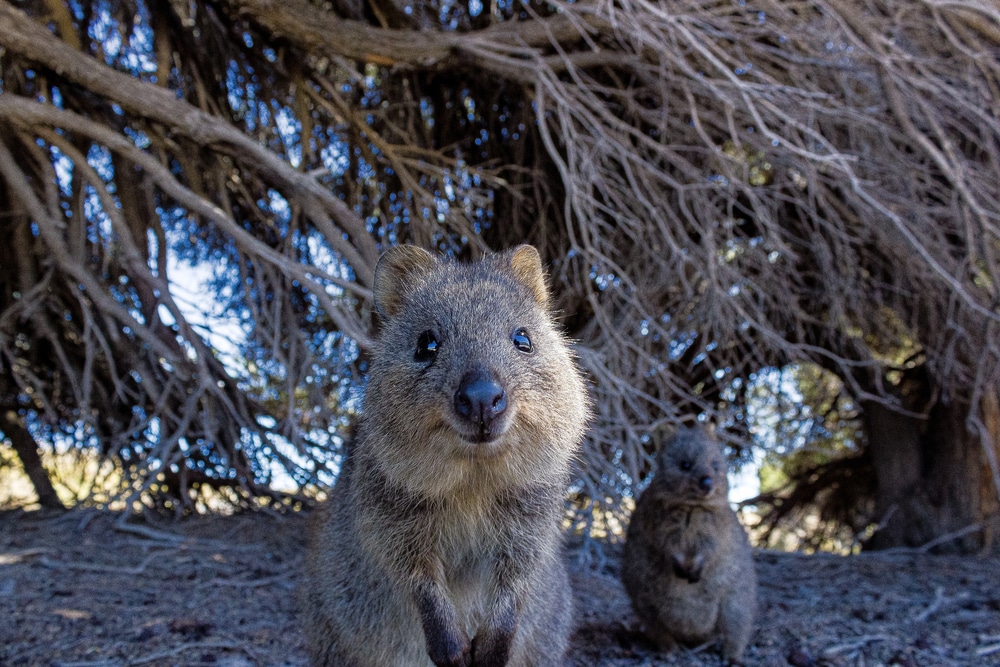
Quokkas are small marsupials native to Australia, known for their friendly faces and “smiling” appearance. They are herbivores and can survive on very little water, thanks to their efficient metabolism. Quokkas are nocturnal and live in small family groups. Their cheerful look has made them internet-famous.
20. Zebra Duiker: The Striped Forest Antelope
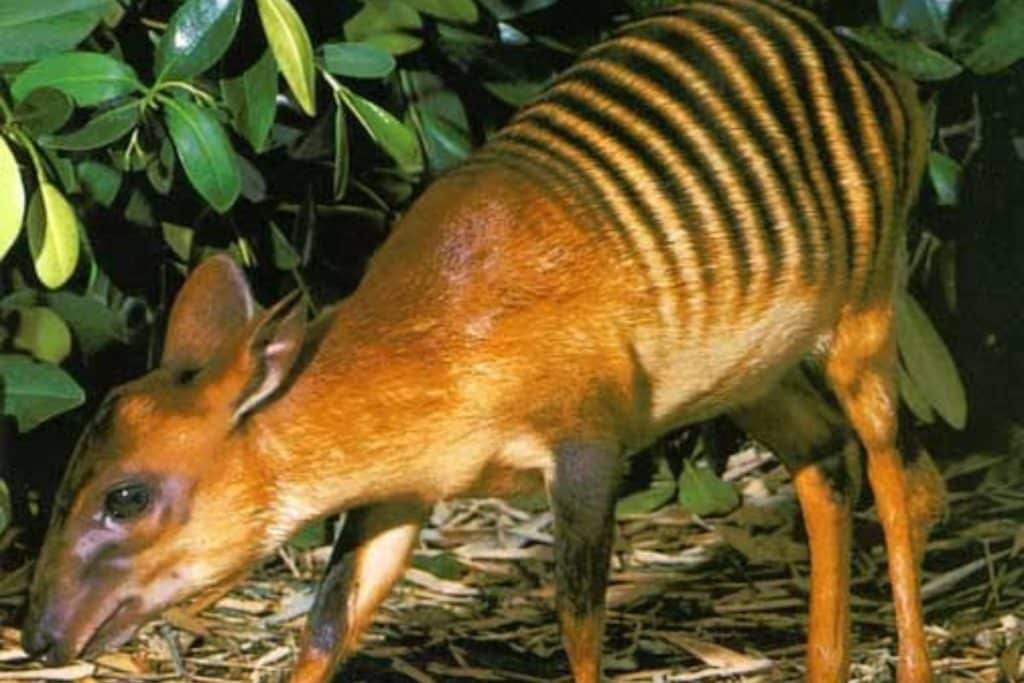
The zebra duiker is a small antelope with striped markings, resembling a zebra. Found in the forests of West Africa, it’s a shy and elusive creature. Zebra duikers feed on fruits and leaves, often foraging in dense vegetation. Their unique appearance helps them blend into their surroundings and avoid predators.
Like our content? Be sure to follow us!






